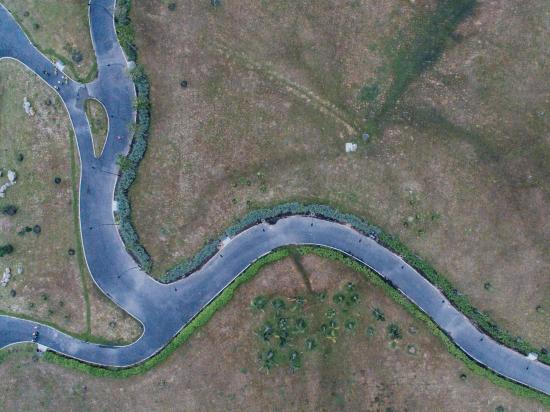Simulating Wildfire Evacuations for Vulnerable Communities
The alarming increases in wildfire frequency and intensity in California bring into question the effectiveness of evacuation plans in situations of unprecedented fire danger. Examining the disastrous 2018 Camp Fire in Paradise, CA reveals that evacuation plans and assessments based purely on historical experiences can result in strategies that simply cannot match the demands of unprecedented fire danger.
Additionally, traditional approaches to assessing wildfire risk that focus purely on biophysical indicators such as fuel and weather conditions, risk obscuring human-related challenges that vulnerable communities face in the event of environmental disasters. Research by Davies et al. (2018) has shown that communities with restrict access to resources face disproportionately greater risk when responding to and recovering from wildfires.
We propose an evacuation simulation tool that can facilitate the assessment and planning of evacuation strategies for a given region, while also taking into account the additional risks introduced by social vulnerability factors. The tool provides visual simulations of traffic conditions in various evacuation scenarios, which users can define using a set of parameters, including social vulnerability factors.
Users — primarily city officials who have influence over evacuation planning — will be able to "experiment" with various evacuation scenarios, helping them to better understand evacuation behavior for different conditions and community groups, ultimately allowing them to develop more nuanced and inclusive evacuation plans.










